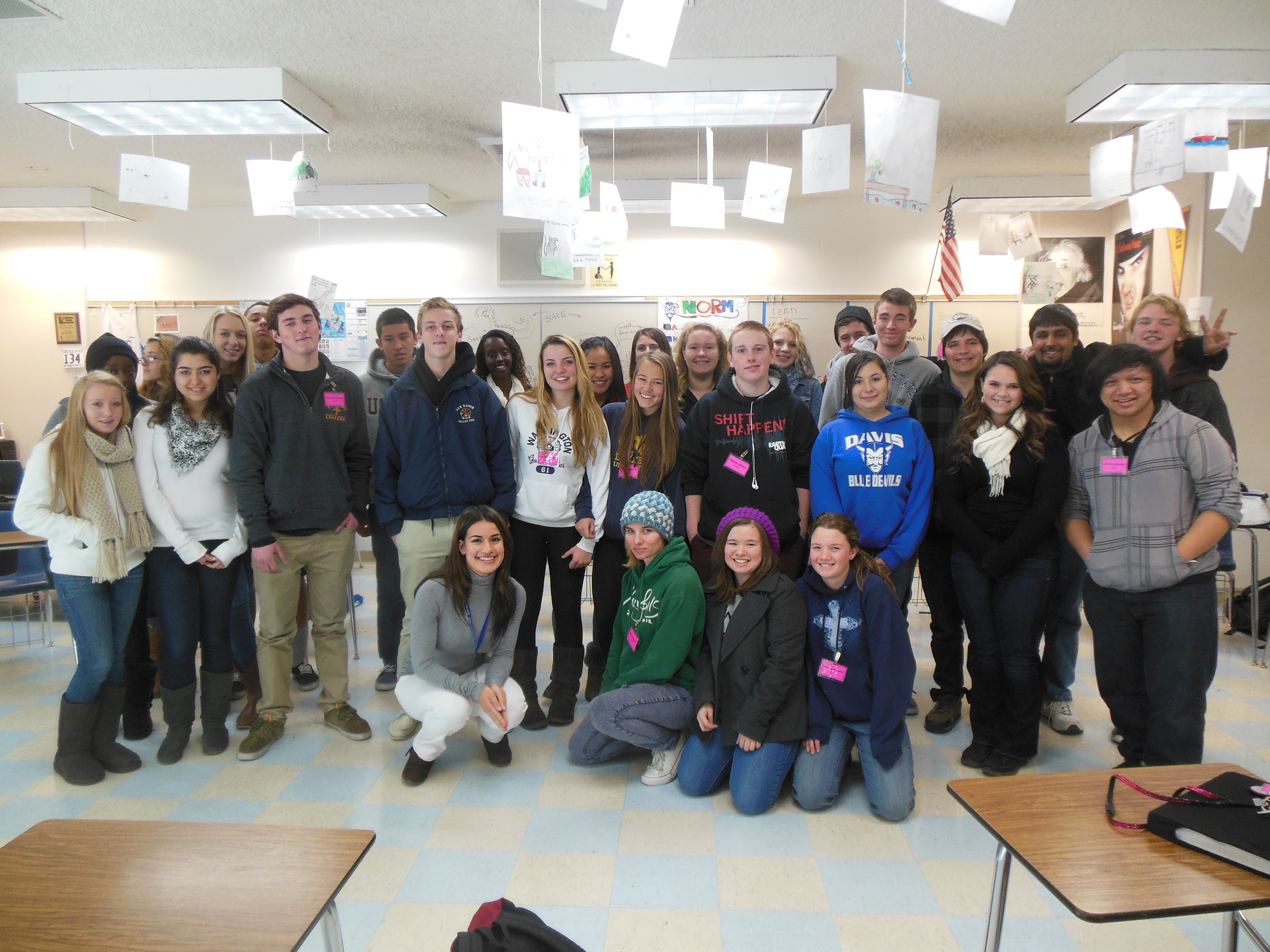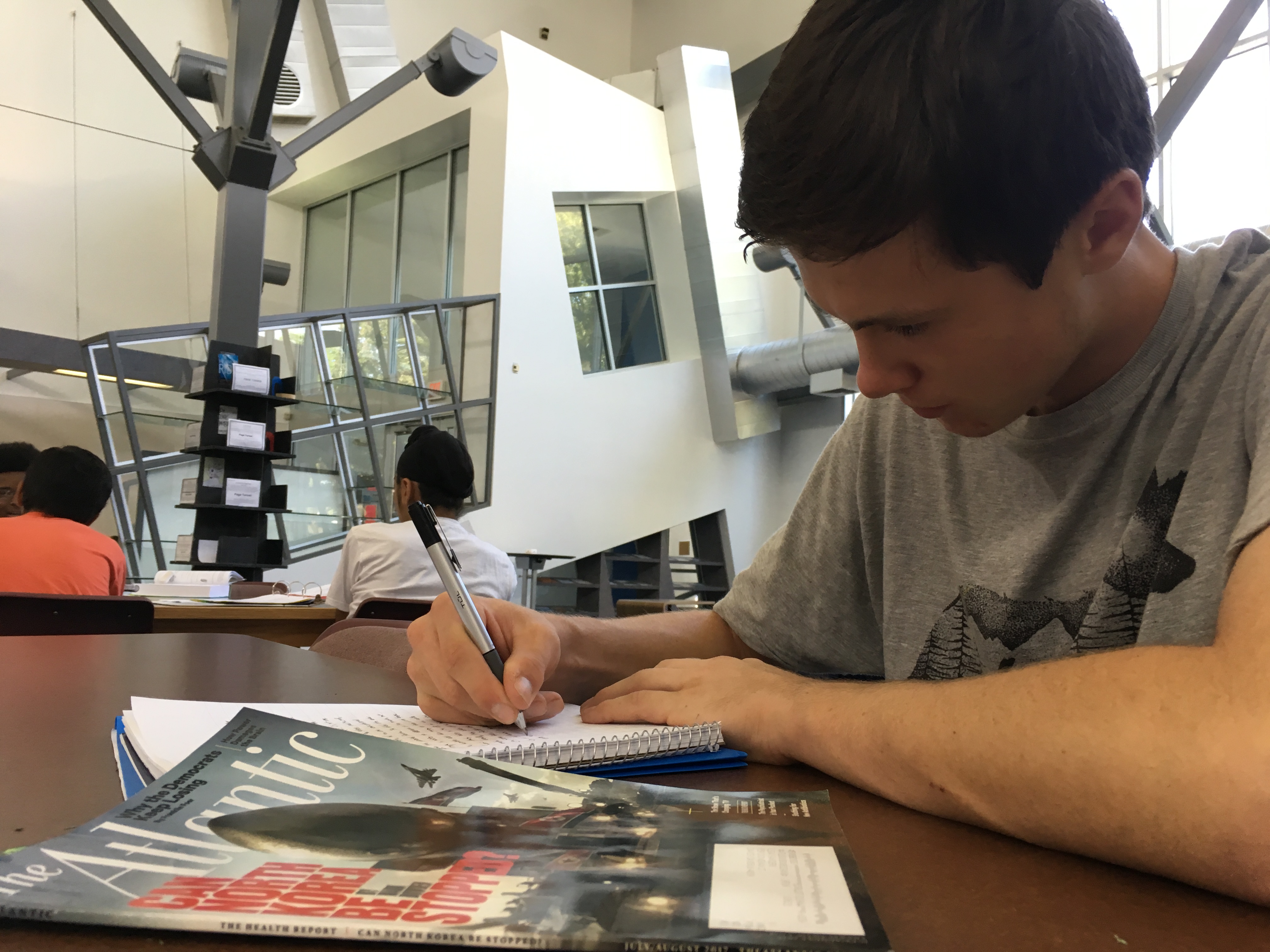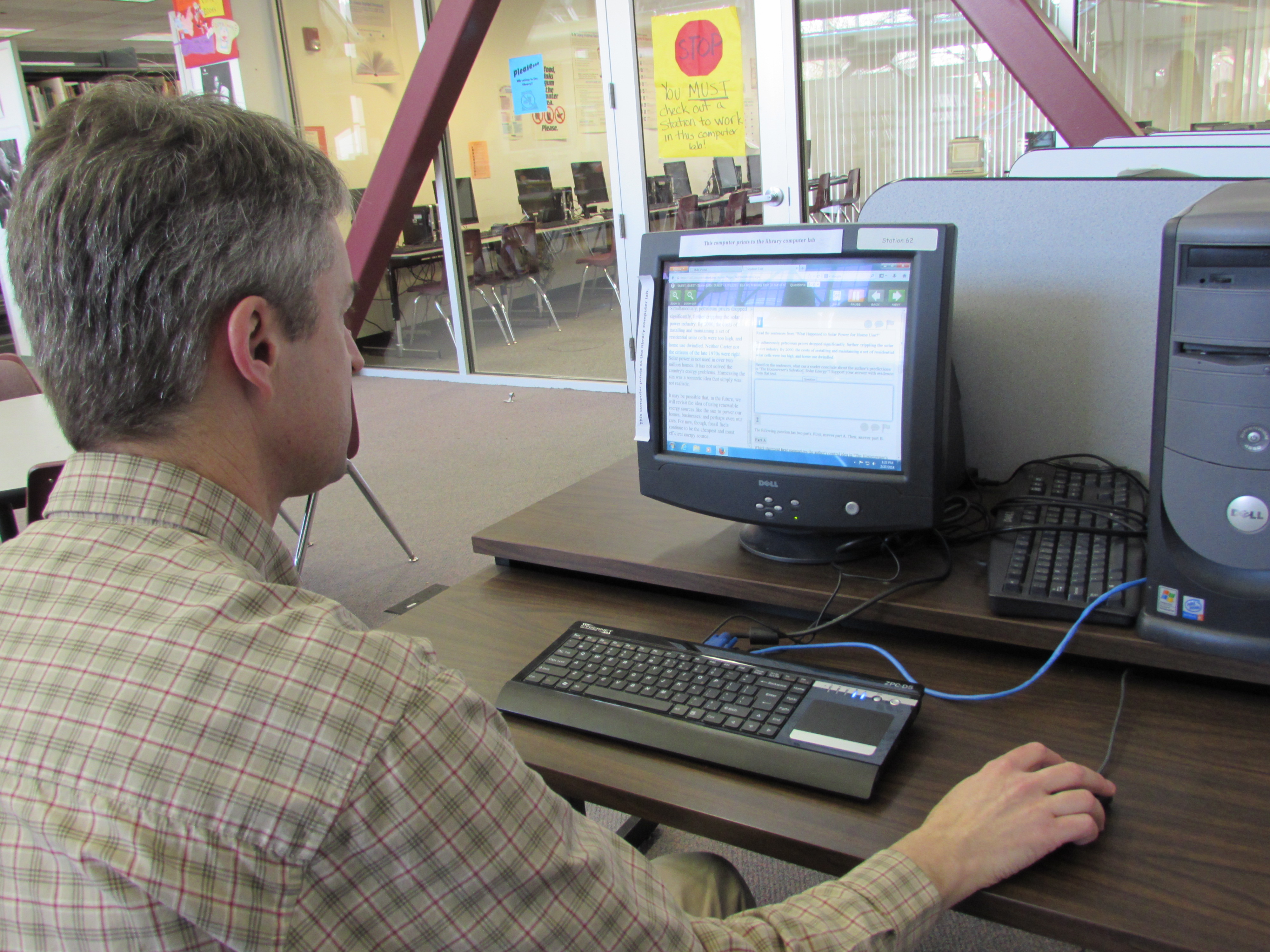DHS strives for diversity
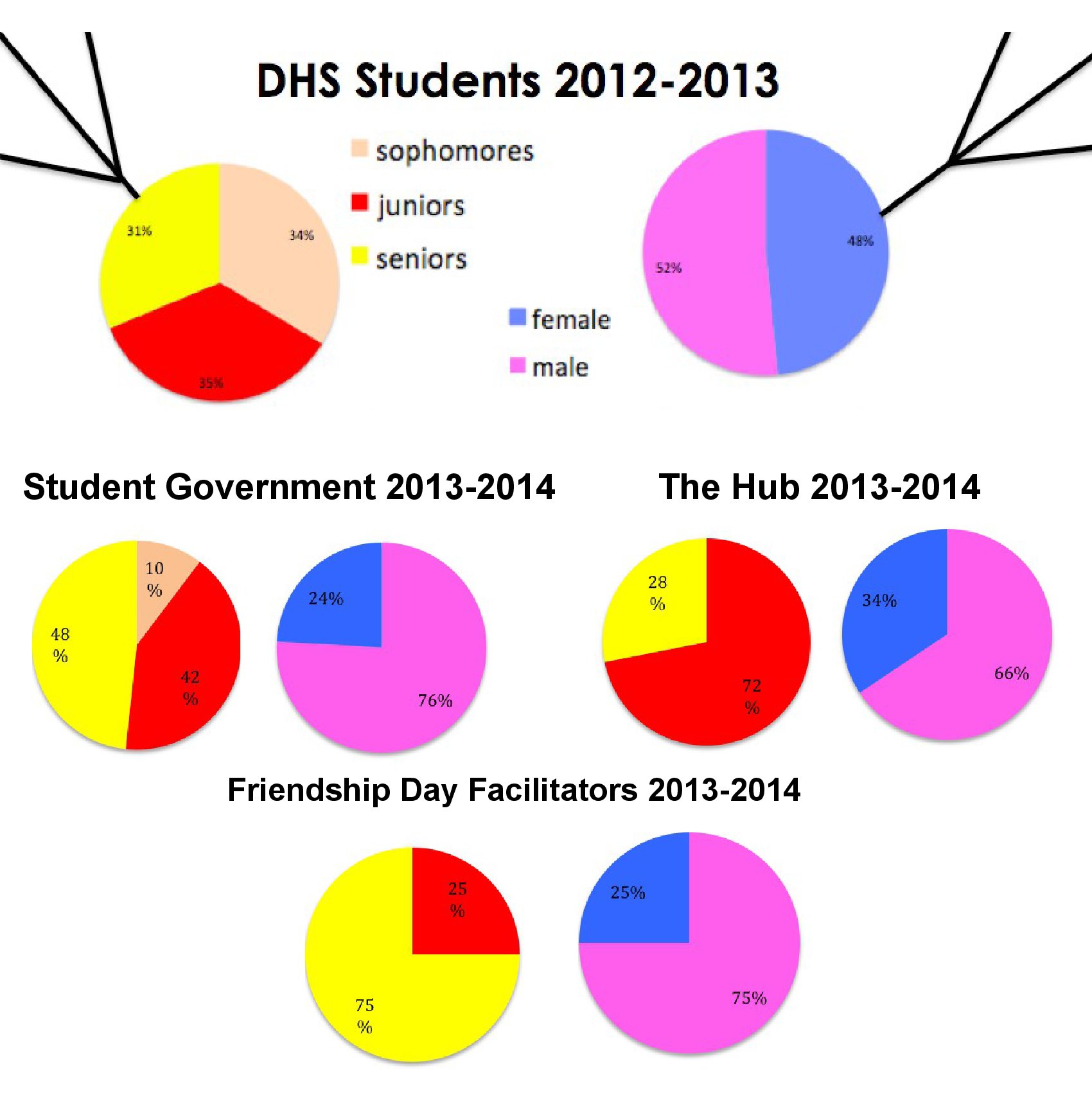
Bluedevilhub.com Staff–
For years, Activities Director Eric Morgan has actively tried to recruit a diverse group of people to apply for Student Government. Just this year, he sent an email to all teachers on campus asking for names of students who would be able to provide the perspective of unrepresented groups so that he could “make sure applications get into their hands.”
But despite Morgan’s best efforts, Student Government’s demographics do not accurately reflect those of the school. And his program is not the only one struggling with this problem.
LEAD class members, Friendship Day facilitators, and the HUB staff all have to make conscious efforts to increase their diversity as well. And all four groups remain female-heavy with unequal grade representation. Some groups, however, are more successful than others in seeking diversity.
The LEAD class’s main goal on campus is to offer peer support and counseling to students. Teacher Spencer Elliot carefully recruits new members each year, aiming for an overall diverse group. 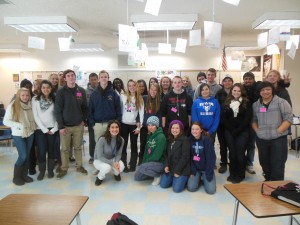
Photo by Chloe Sommer.
“You wanna be diverse with regards to race, gender, grade, achievement level, interests,” Elliot said.
According to Elliot, because LEAD is a peer advocacy class, it is important that everyone on campus feels represented.
“You need to have that diversity in order to reach the student body,” Elliot said.
Elliot’s recruitment strategies have proved relatively effective. The LEAD class is 64.5 percent female and 35.5 percent male, comparable to to Davis High’’s 2012-2013 population, which was 51.6 percent female and 48.4 percent male according to Davis Joint Unified School District’s published demographics. The LEAD class is also made up of 22.6 percent sophomores, 42 percent juniors and 35.5 percent seniors. This year, the school profile reads that DHS is 33.6 percent sophomores, 35.1 percent juniors, and 31.3 percent seniors.
“Our responsibility as a student government class is to reach out and put on activities for everyone at Davis High. We need diversity to reach all corners on campus,” junior Sydney Maguire said.
The diversity of Student Government is lower in comparison. It exists on campus to provide activities for students, help manage the student budget and to act as a voice for the student body. But this year’s Student Government is 75.9 percent female and 24.1 percent male. The class is 10.3 percent sophomores, 41.4 percent junior and 48.3 percent seniors. Although Student Government tries hard to accomplish its goals, it does not accurately represent the student body.
“It can make it hard to carry out our job because people don’t feel connected to the class or find it relevant,” Morgan said.
Morgan added that Student Government does hold student forums open to anyone who wants to participate. With student forums, everyone has the opportunity to represent themselves.
The HUB experiences similar problems with unbalanced representation of grade level and gender. The class exists to publish student-created content and report about newsworthy happenings and issues on campus. However, because the HUB class has a prerequisite of taking Journalism 1, no sophomores are allowed into the class. The HUB is 71.9 percent juniors and 28.1 percent seniors. Its staff is 34.4 percent male and 65.6 percent female.
“We want to increase the diversity of our staff,” adviser Kelly Wilkerson said.
But until that happens, Wilkerson said, the class still has no excuse to write news stories that misrepresent the student body.
Friendship Day adviser Kevin Williams takes a different approach to the issue. Friendship Day aims to bring together a diverse group of people and prove that they’re more similar than they are different. But the selection of Friendship Day facilitators is not all that diverse. The facilitators are 75 percent female, 25 percent male, 75 percent seniors and 25 percent juniors.
“We try our best to make [the facilitators] diverse, but I don’t look for a quota or auto-accept based on race,” Williams said.
Come every Friendship Day, the facilitators dress up in tie-dye shirts and lead a group of students through a series of activities, games, and surveys with the main goal of building friendships and breaking barriers. Because of their unique ability to lead the students throughout the activities, race, gender and age prove irrelevant.
“I think they do an amazing job […] the program’s needs come before the need to simply have balanced numbers of gender, race, or ethnicity,” Williams said.

